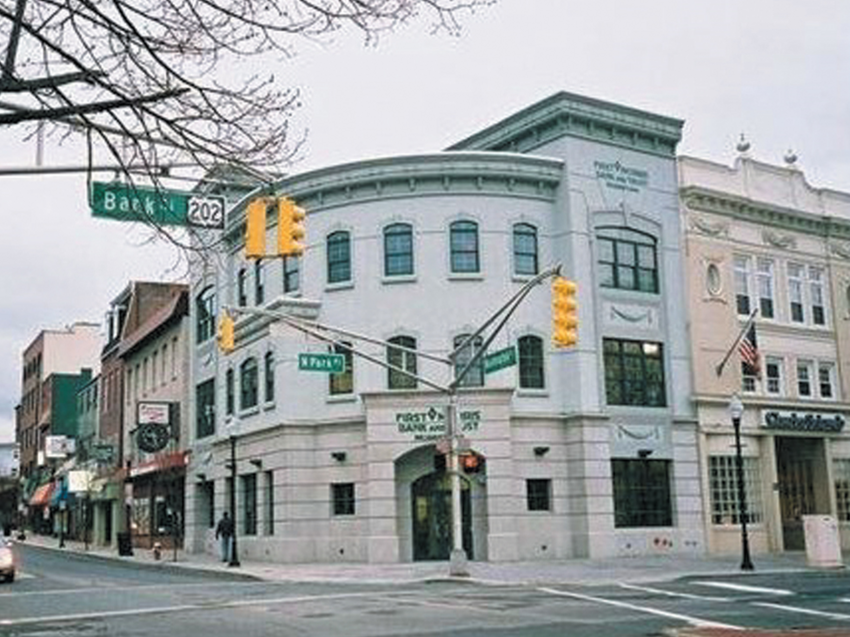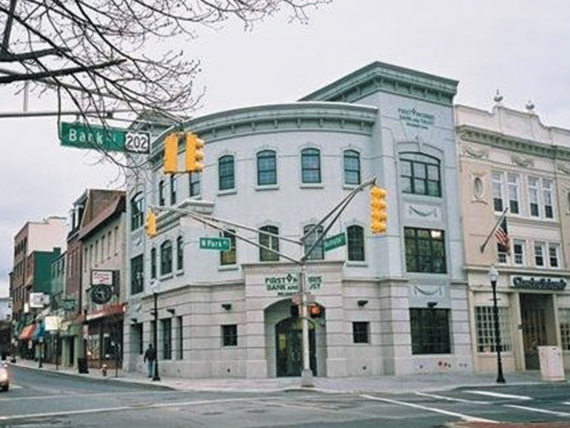When soil conditions were not amenable to conventional underpinning techniques, Keller’s design-build jet grouting solution provided both underpinning and excavation support in one operation.

The project
Construction of the new building on the site of a newly demolished structure required excavation below the foundation levels of two adjacent commercial buildings. The soil profile through which excavation would take place consisted of a 6 to 12 ft layer of very loose, fine to coarse sand fill with small amounts of gravel and silt, overlaying fractured and weathered schist bedrock.
The challenge
Underpinning to maintain the integrity of these buildings during the excavation work was critical. However, given the nature of the soils, the commonly used approach of conventional concrete underpinning by the pit method was not a viable option.
The solution
Keller’s design-build proposal of single fluid jet grouting provided both underpinning and excavation support in one operation. For this site, jet grouting could be accomplished quickly, and at comparable cost to conventional methods. Before production work, three test columns were installed to verify that the design parameters for strength, and column diameters of 2.5 ft, would be achieved for the production columns. Jet grouting was accomplished from the top of the footing elevations to be underpinned. Due to space restrictions in the immediate work zone, a separate staging area was set up adjacent to the site for the jet grouting equipment. Two and three rows of interconnected, vertical and inclined jet grout columns were installed at two ft on center from top of rock up to the underside of the building footings. Installation was sequenced to allow the soil-cement matrix to set up before construction of adjacent columns. One hundred and eighteen vertical and inclined columns were installed, for a total jet grouting column length of 1008 ft. An automated data system recorded drilling and grouting parameters. Wet grout and spoil samples were density tested onsite. After completion of work, laboratory testing showed that an average seven-day UCS in excess of 1000 psi had been obtained.
